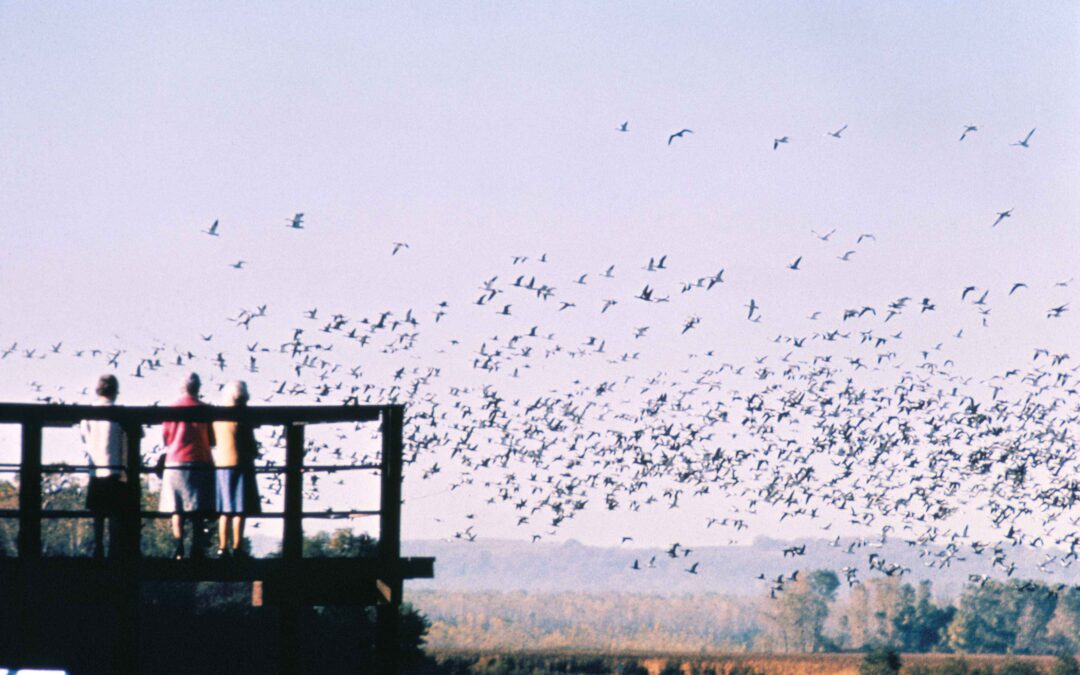
by Shadow Habitat | Jan 15, 2024 | Science Communications
It is interesting that so many English words for wetlands have negative connotations. When you first hear the words “swamp” or “lagoon” or “mire”, what do you imagine? Chances are, most people picture a dark and unpleasant setting, rather than a vital ecosystem...

by Shadow Habitat | Dec 28, 2023 | Science Communications
As humans, there can be an urge to personify everything, and as a naturalist, this is a helpful tool to emphasize the importance of protecting ecosystems. However, there is a Western scientific rule of thumb that says personification is dangerous, that it can lead...

by Shadow Habitat | Nov 26, 2023 | Science Communications
Winter is the Best Time for Planting: Leaves of all colors are falling from the trees, most flowers have frozen, and the garden may look dead. The weather is dark and rainy, and you may not be dreaming of spending time working outside. So why is winter the best time...

by Shadow Habitat | Oct 23, 2023 | Science Communications
The soft mosses of a peat bog grow slowly and build up at a rate of mere centimeters per year. And most bogs have been forming and accumulating peat since the last ice age roughly 10,000 years ago. Beneath the lush moss on top is a dense accumulation of peat, often...

by Shadow Habitat | Sep 16, 2023 | Science Communications
Did you know that anyone, including you, can contribute to real-world science projects? You can work with scientists and other volunteers in gathering data that can help to answer real-world questions and learn about and gain confidence in scientific processes at the...

by Shadow Habitat | Aug 27, 2023 | Science Communications
For centuries, Indigenous communities use fire as an integral tool for various aspects of their way of life. From clearing lands for cultivation to hunting game, this deliberate use of fire, known as “cultural burning,” was a means of promoting ecological...









Recent Comments